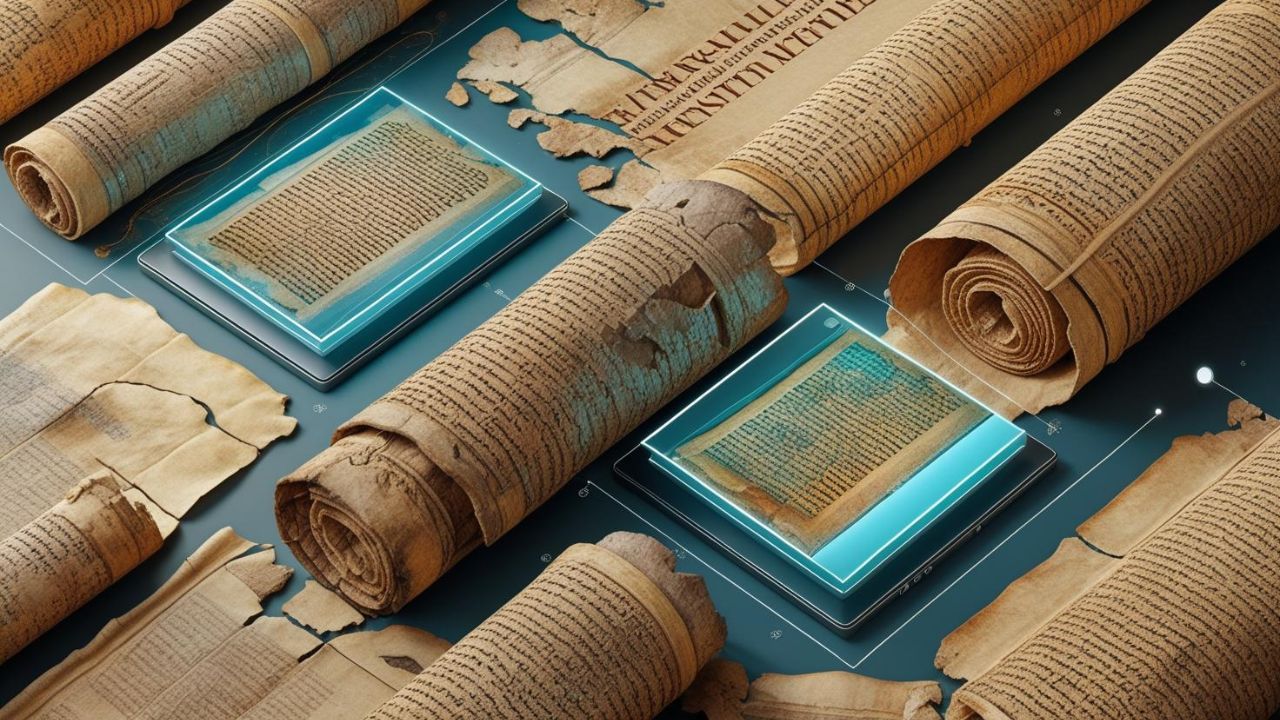Historians have long relied on Latin inscriptions to understand daily life in ancient Rome, yet many of these texts are incomplete or damaged, buried by centuries of time and erosion. With around 1,500 new Latin inscriptions discovered every year, the task of interpreting them remains a monumental challenge—until now.
Ancient Voices Meet Modern Intelligence
A newly developed artificial intelligence tool, created in part by researchers at Google’s DeepMind, is transforming how scholars approach these ancient relics. According to a study published on July 23, this AI tool has the potential to dramatically enhance the reconstruction and interpretation of damaged Latin texts from the Roman era. The tool is called Aeneas, named after the Trojan hero of Roman mythology, and it represents a leap forward in combining historical research with advanced machine learning. Using a generative neural network—a form of AI trained to detect patterns and relationships across large data sets—Aeneas is designed to help historians piece together fragmented inscriptions that once lined Roman streets, monuments, homes, and public buildings.
Also Read: Now, control your device using just hand gestures!
Inscriptions Beyond the Elite
Latin inscriptions from ancient Rome are invaluable because they weren’t solely authored by the elite or ruling class. As Yannis Assael, co-creator of Aeneas and researcher at DeepMind, explained, these texts reflect thoughts and lives across all social strata. From official decrees to graffiti and household mosaics—such as the well-known warning "Beware of the dog" found outside a home in Pompeii—these writings offer rare, first-hand insight into ancient Roman society, language, and emotion. “These inscriptions are precious because they are written by the people themselves—not just history as written by the powerful,” said Assael at a recent press briefing.
Piecing Together a Historical Puzzle
However, over time, many of these inscriptions have become damaged, fragmented, or separated from their original context. Often, historians are left with little to no information about where or when a particular piece was inscribed. That’s where the AI steps in. Aeneas was trained using a comprehensive dataset containing details on the location, date, and context of Latin inscriptions spread across what was once a five-million-square-kilometre empire lasting more than two thousand years. By analysing patterns across these texts, the AI is capable of offering highly educated reconstructions—essentially helping scholars "fill in the blanks."
Also Read: India’s Defence Tech Gets a Student-Driven Boost—Meet the Startup Behind It
A Giant Puzzle with Missing Pieces
Thea Sommerschield, an epigrapher from the University of Nottingham and co-designer of Aeneas, likens this kind of historical research to solving a complex jigsaw puzzle. “You can’t solve the puzzle with a single isolated piece,” she said. “You may know some information about its shape or colour, but to find where it fits, you need to compare it with surrounding pieces. That’s what Aeneas is doing—matching data, patterns, and context to reconstruct the bigger picture.”
The Future of Studying the Ancient World
This breakthrough not only empowers historians to unlock more secrets from ancient Rome but also paves the way for similar AI applications in decoding other ancient languages and civilisations. As tools like Aeneas become more advanced, the boundary between ancient silence and modern understanding grows ever thinner—allowing history to speak once more through the voices of everyday Romans.




